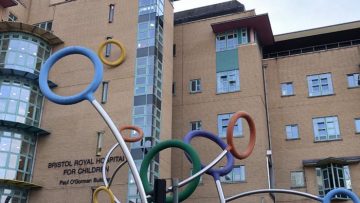 Tony Royle
Tony Royle
McGILL-QUEEN’S UNIVERSITY PRESS 2020, 288 PAGES
PRICE (HARDBACK) £22.50 ISBN 978-0-228-00373-1
I was intrigued by the title of this book, as a mathematician who has spent much of his career conducting or leading research into aviation topics, and was therefore keen to read it.
The ‘blurb’ on the dust jacket describes the intent of the book, to challenge ‘our image of the swaggering warrior‐turned‐test‐pilot …. at the dawn of the supersonic era’. Thence Royle describes how earlier generations of British mathematicians, engineers and scientists had learned to fly during the First World War to enable them to get to grips with aircraft design.
The book starts by describing the early history of flight, such as church tower jumpers and the gliding experiments of Sir George Cayley and introducing basic terms about flight (such as lift, drag, pitch and yaw). The Wright brothers are touched on briefly, but there is much more detail on the British attempts to emulate them four years later, but not achieving success until at least 1908. The introduction of research into aircraft (as opposed to balloons) at the Royal Aircraft Factory (later Royal Aircraft Establishment) at Farnborough is described in the context of the path to the First World War. Although the Farnborough Establishment is a constant factor throughout this book, it also covers the important roles of the National Physical Laboratory, academia and industry in early British flight.
Throughout the book Royle has used illustrations, press cuttings and images of mathematical formulae (often in the handwriting of the person who discovered it) to help get his ideas across. I personally enjoyed the fact that for each key individual Royle gives a mini biography, including their education and, where they had one, their pre‐aviation career.
The book continues with the story of aircraft design, and the designers, in the First World War, and highlights many of the individuals who made a contribution, including a fascinating woman called Beatrice Cave‐Browne‐Cave who had studied mathematics at Girton, Cambridge, and was a lecturer at UCL before the First World War. Cave‐Browne‐Cave worked initially on statistics at UCL, but eventually joined the Admiralty and developed expertise in the forces experienced by aircraft, and true to style both her photograph and two diagrams created by her are included. Also described is Hilda Hudson, a Cambridge educated mathematician, who held a range of appointments prior to the First World War in the UK and Germany, and with this experience joined the Admiralty and became the mentor of many of the less experienced recruits such as Cave‐Browne‐Cave, as Hudson herself developed expertise in the loading experienced by struts in aircraft.
The title of this book causes the reader to expect to learn about ‘flying mathematicians’, one of the most famous names in this regard are described as Henry Tizard and Frederick Lindemann (albeit a physicist), both of whom achieved great influence in the Second World War. In the First both learned to fly, Tizard even commanded a flying school. Lindemann used this experience to develop instruments such as a ‘rate‐of‐climb indicator’, and as you might expect some of his papers and calculations are included in facsimile.
The book is an enjoyable read, especially for someone interested in the histories of both science and aviation, the scope is much broader than the ‘Flying Mathematicians’ in the title would lead one to believe, both in the breadth of science, engineering and mathematics involved, and also that not everyone described learned to fly. In my opinion anyone embarking on a career involving the science, engineering or mathematics of aviation would do very well to read this book, both to gain understanding of basic terminology but also an understanding of the women and men who precede them. I have already commended this book to a number of colleagues at Dstl and I commend it to you now.
Edward Rochead CMath CSci FIMA
Dstl
The opinions expressed in this review are not necessarily those of Dstl.
Book review published directly onto IMA website



